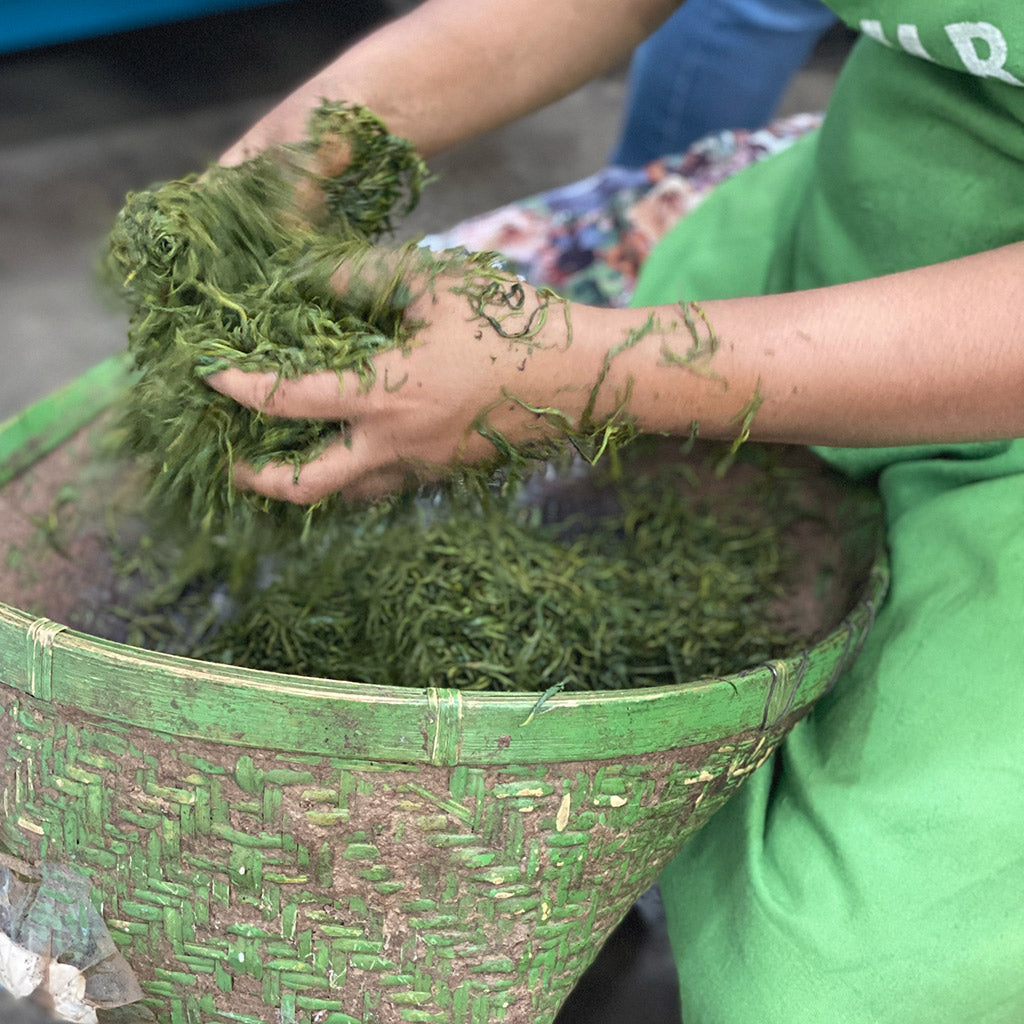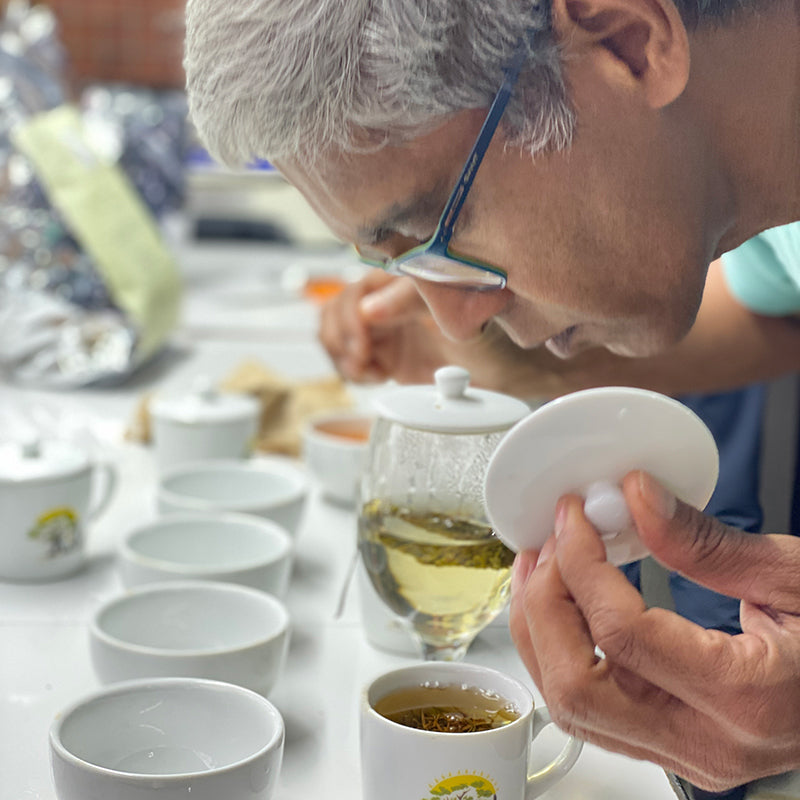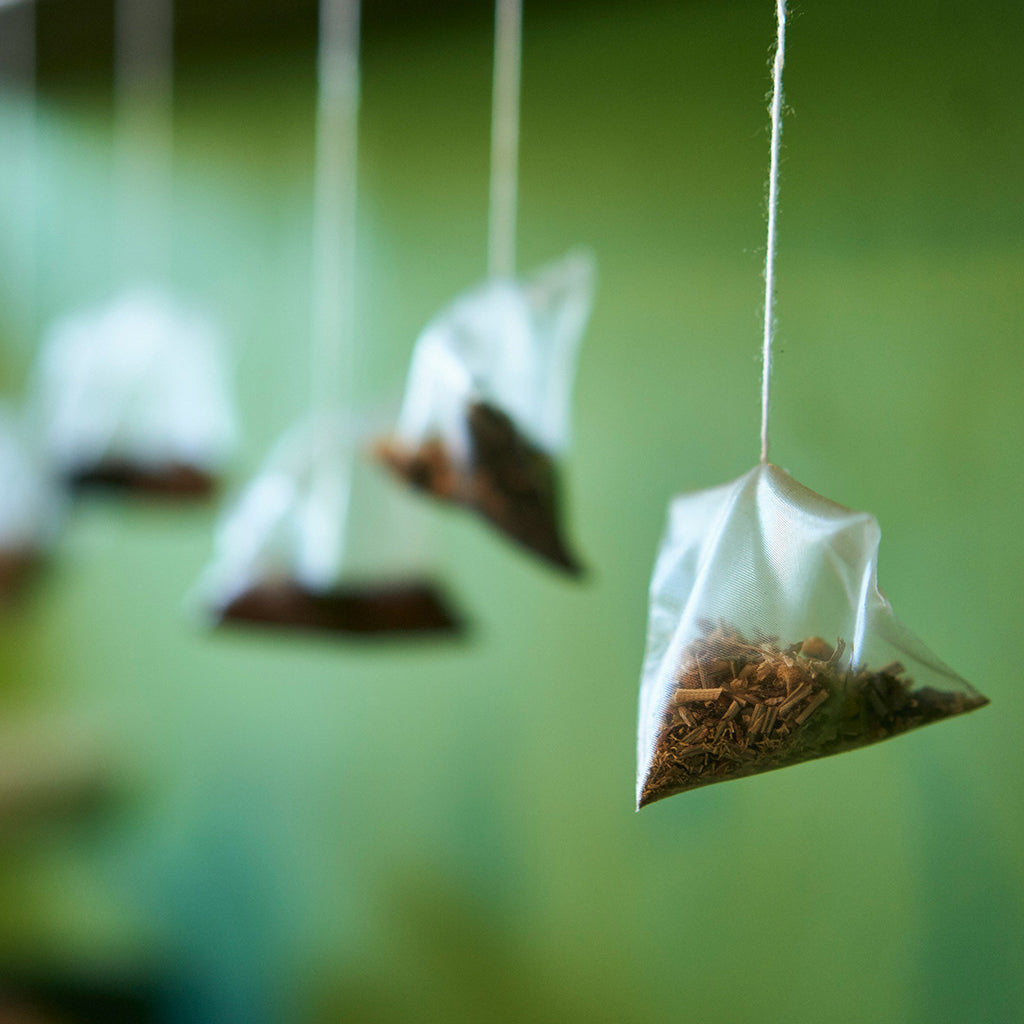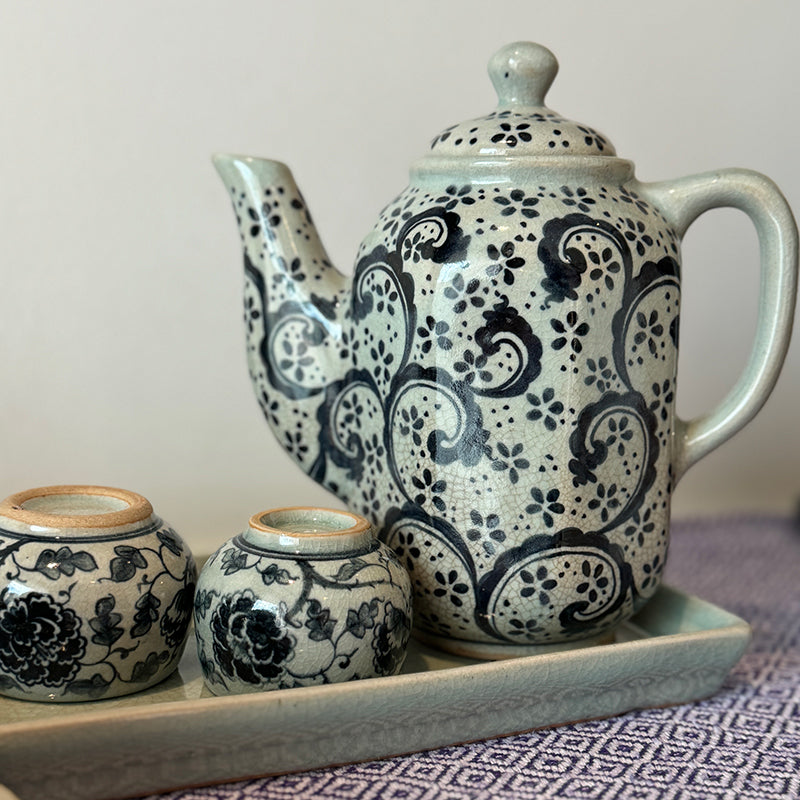Unraveling the Secrets Behind Different Teas
Tea, a beverage cherished across cultures, owes its delightful flavors and aromas to a delicate process that begins with harvesting tea leaves and ends with the perfect cup. One crucial step in this journey is the art of drying tea leaves. While it may seem simple, the way tea leaves are dried can significantly influence the taste, aroma, and appearance of the final brew. Join us as we delve into the fascinating world of tea processing and explore how different teas undergo distinct drying methods to bring out their unique characteristics.

-
Green Tea - Preserving Freshness: Green tea is celebrated for its vibrant green hue and refreshing taste. To retain its natural color and crispness, the freshly plucked tea leaves undergo minimal oxidation. The drying process involves quickly halting enzymatic activity by heating the leaves, usually through pan-firing or steaming. This preserves the natural antioxidants, resulting in a grassy, vegetal flavor profile that green tea lovers adore.
-
Black Tea - Embracing Oxidation: Unlike green tea, black tea requires a controlled oxidation process to bring out its bold flavors and deep color. After harvesting, the leaves are spread out and allowed to wither, increasing their moisture content. Once pliable, they are rolled to break the leaf cells, initiating oxidation. The next crucial step is drying the leaves, arresting oxidation at the desired level. This balance of oxidation and drying leads to the distinct robust taste and aroma of black tea.
-
Oolong Tea - The Art of Partial Oxidation: Oolong tea strikes a perfect balance between green and black tea, offering a diverse range of flavors and aromas. Achieving this unique profile involves a partial oxidation process. After withering and bruising the leaves, they are partially oxidized, a step often carried out by skilled artisans who determine the level of oxidation based on their expertise. Drying the leaves completes the process, resulting in a delightful bouquet of fruity, floral, and toasty notes.
-
White Tea - Gentle and Delicate: White tea is revered for its subtle flavors and delicate characteristics. The processing starts with allowing the leaves to naturally wither and dry under the sun. This gentle approach ensures minimal oxidation and preserves the leaf's natural appearance. The leaves are then carefully hand-processed to avoid any damage, maintaining their pristine quality and resulting in a light, refined brew.
-
Pu-erh Tea - Fermentation and Aging: Pu-erh tea is distinctively known for its post-fermentation process, which allows it to mature and develop deeper flavors over time. After harvesting, the leaves are first dried to halt oxidation. Then, depending on the desired outcome, the leaves can undergo further microbial fermentation. This process is followed by drying and aging, creating a rich, earthy, and complex tea.

The journey of tea leaves from the plant to your cup involves a myriad of delicate steps, with drying being a critical phase that shapes each tea's unique taste and character. The methods employed for drying tea leaves are a testament to the craftsmanship and expertise of tea producers worldwide. The next time you savor your favorite tea, take a moment to appreciate the care and skill that went into crafting that perfect cup - all starting with the artful process of drying tea leaves.




